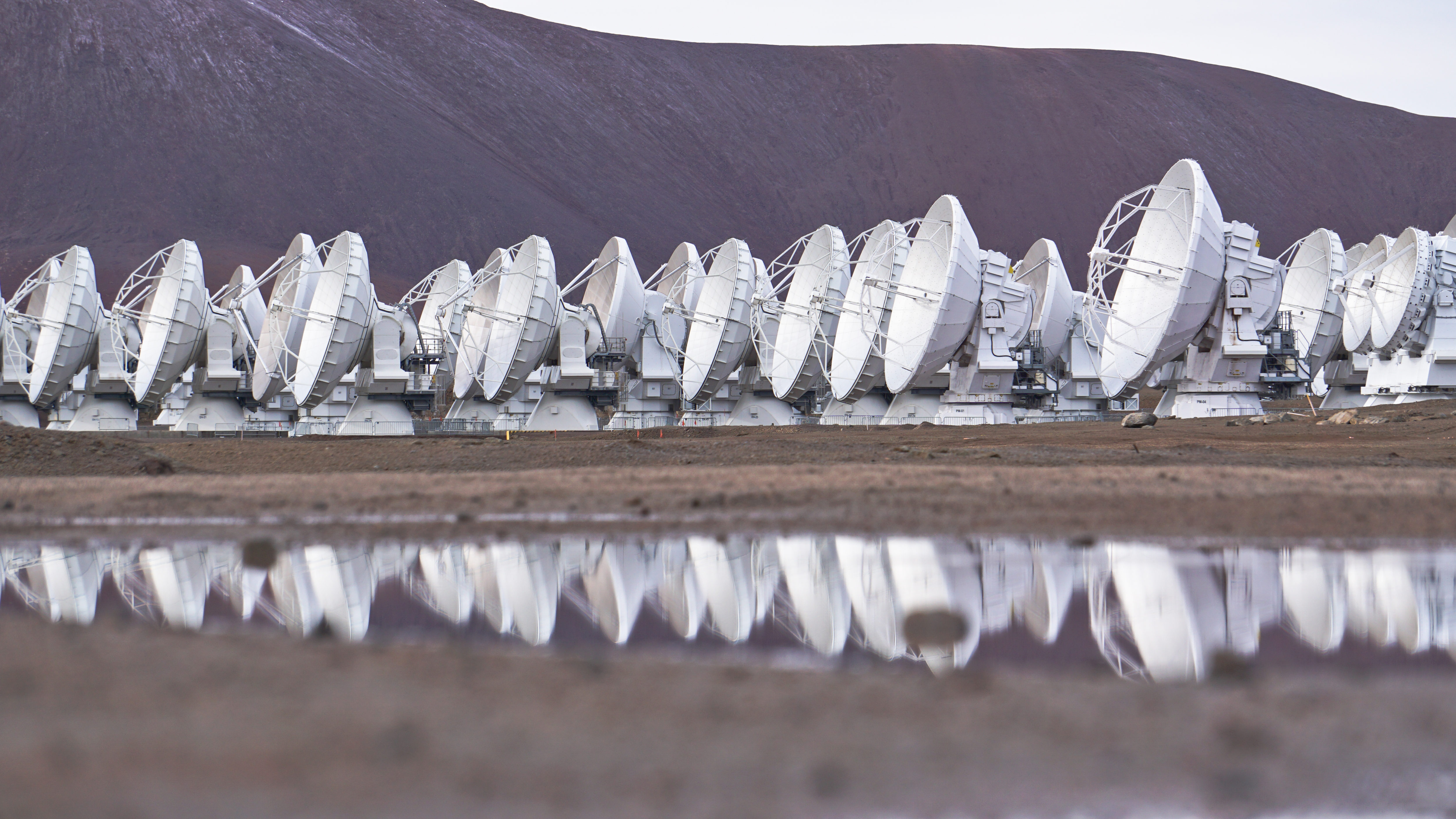
Millennium Nucleus YEMS
Until three decades ago, scientists were skeptical that we were ever going to be able to find planets outside the solar system, a.k.a. exoplanets. Today, advances in technology and techniques have allowed the discovery of thousands of exoplanets and arrived at the astonishing statistics that most stars in our Galaxy have planets. Can we witness the formation of an exoplanet? And, if we were to look for life in other planetary systems, can we look for life on exoplanet moons? These are two of the main questions that drive the research of the Millennium Nucleus on Young Exoplanets and their Moons (YEMS).
The formation of planets and moons are intimately related, which means that moons can help us understand the origin of a planet. Moreover, most of the candidate places to look for life in our Solar System are in the giant planet’s moons. Although Jupiter, for example, is not in the so-called habitable zone, the moons of Jupiter, like Europa, are prime targets to study life. Moons around exoplanets (exomoons) are also interesting because of their potential to host habitable environments.
YEMS’ scientific objectives involve detecting and characterizing young exoplanets and exomoons to answer the long-standing question of their formation and pave the way to explore alternative habitable places.
YEMS, a Millennium Nucleus based on an astronomy-informatics multidisciplinary effort, is born to provide a stage in which young researchers and students can fully develop their potential while producing great science.
At UDP Alice Zurlo is the alternate director of this nucleus, Lucas Cieza is one of the PIs, Trisha Bhowmik is a postdoctoral fellow and two students are affiliated to YEMS: Pedro Nogueira and Camilo González.
Contact person: Alice Zurlo






